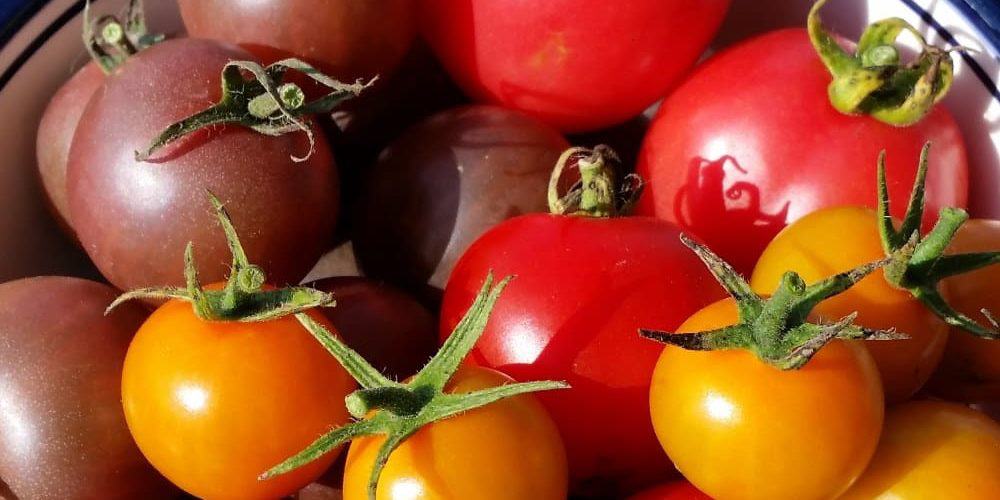Tomatoes are an internationally popular food. They are a common ingredient in nearly every national diet, and pop up everywhere from authentic Asian stir fries, to Western dinner salads. A rising number of people are choosing to grow this wonderful fruit at home, and using what they grow in their own cooking. There’s no doubt that fresh tomatoes taste better than store bought tomatoes, and make for more savory sauces, tangy salsa’s, colorful salad toppings and crisp BLT sandwiches.
More and more hobbyist tomato growers see the value of organic farming practices. Organic farming relies on natural pest control, green fertilizers, and natural (none genetically modified) seeds. This style of farming makes for better produce, and stronger flavors. Home farmers with young children and pets also favor organic growing it over gardening methods that rely on toxic chemicals. Lets take at look at some home friendly tomato growing methods.
To begin with, it’s important to find a spot in your yard that is conducive to growing tomatoes. Tomatoes really enjoy the sun, more than many other fruiting plants, so try and find a place that receives a lot of direct sunlight. Tomatoes also ripen much sweeter if they’re exposed to more sun. For your sake, make sure water is easily accessible.
I recommend buying your seed locally. Nowadays even the larger home supply chains offer organic seeds, so finding them really isn’t difficult. Different tomato varieties perform differently depending on your exact geographical location, the local climate, and soil quality. There’s no shame in asking your local seed supplier for advice when selecting a strain. When in doubt, organic heirloom tomato seeds are almost always a safe bet. They are naturally more disease resistant than many non-organic varieties.
If you have been keeping a compost pile, now is when it will really pay off. Mix any decomposed compost in with your topsoil, tomatoes thrive on the added nutrients. Additionally, feed your plants with a small amount of fertilizer every 1 to 2 weeks. Experts disagree on exactly how often you should re-fertilize your plants, but 3 times a month is a very safe compromise. Organize fertilizer can take many forms. If you have a local environmentally conscious dairy or chicken farm in your area, you have access to cheap organic fertilizer. If not, many smaller nurseries have their own supply of environmentally responsible fertilizer, and sell it for very reasonable prices.
When you’re putting the seeds (or seedlings) in the ground, try and envision how much space a fully grown plant will require. Most common varieties of tomato should have about one to two feet of clearance on both sides, to allow for air circulation. It’s important to keep this in mind, and not to crowd your plants.
The tomato growing season varies region to region, but in most areas the climate it best in mid-June. If you start your tomatoes in June, you can expect to start harvesting ripe tomatoes in August.
For watering and more detailed growing season information, consult the packaging your seeds came in. It’s a good idea to save that packaging (usually it’s a small envelop) for future reference. Ambitious farmers will save some seed from one year’s harvest to use next year. The second generation seeds are more acclimated to your yard’s soil, and your specific growing practices.
Related Posts
- How To Grow Tomatoes Indoors?
- How to Skin a Tomato?
- How Long Does It Take For Tomatoes To Grow?
- How Long Does it Take To Grow Tomatoes?
<>



